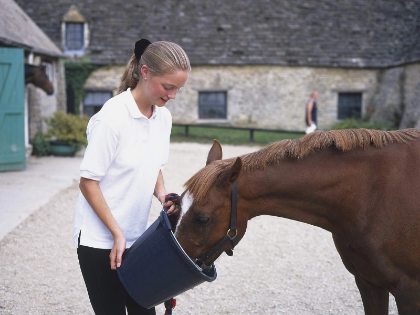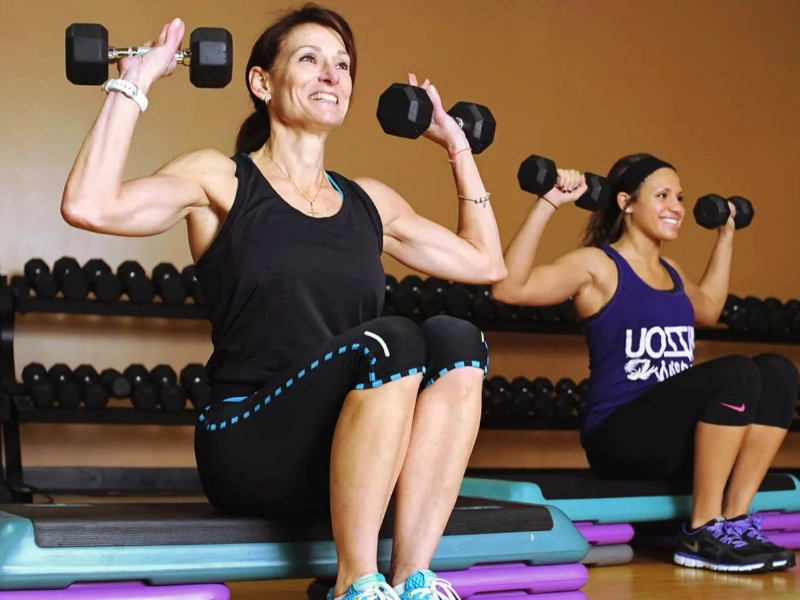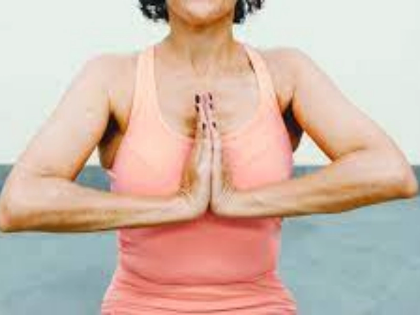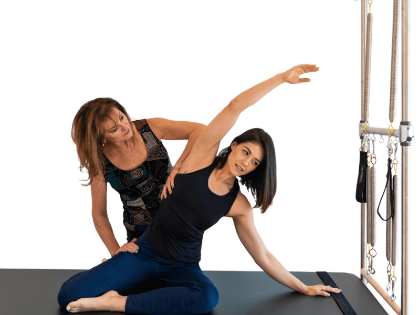Adaptive Pilates: Encouraging All Bodies to Participate
Despite being used for more than 90 years, there is still no scientific proof for Pilates. The assertions that Pilates improves core strength and endurance are supported by the evidence that is currently available. Pilates twice a week enhanced balance and posture in older adult research. Pilates enhances mobility, flexibility, and stability, according to other studies.
Central Stability
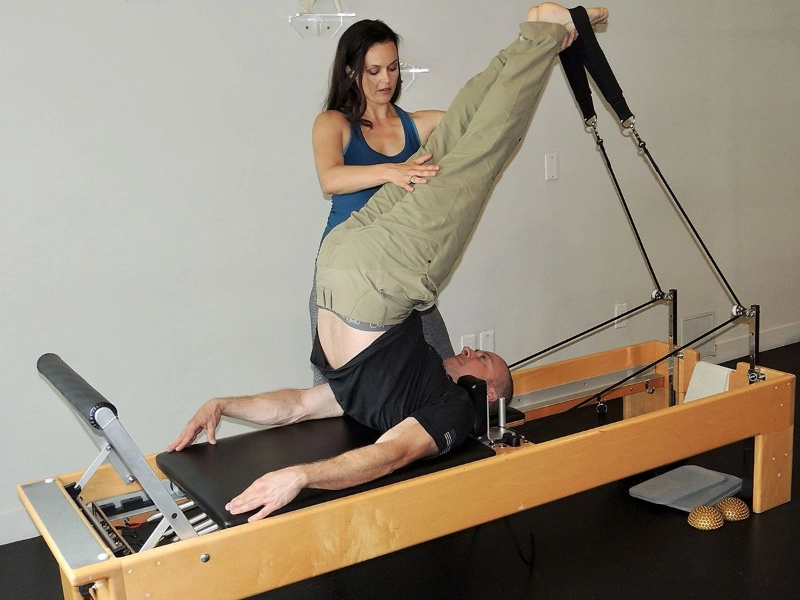
Position
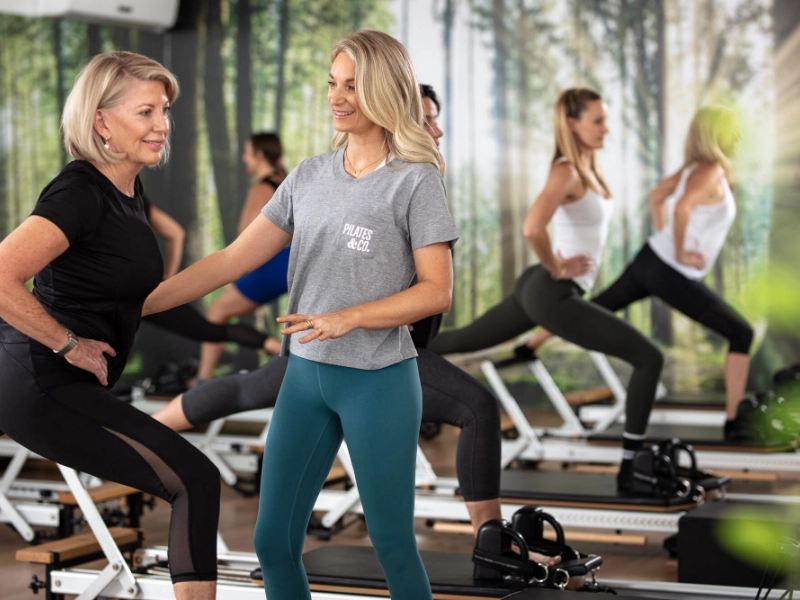 Pilates instruction frequently revolves around "good posture." It's crucial to keep in mind, though, that having proper posture involves more than just sitting or standing up straight. Maintaining proper posture means making sure that the lumbar (lower), thoracic (middle), and cervical (neck) curvature of the spine are preserved.
Sustaining optimal posture facilitates appropriate breathing patterns and lessens spinal compression, all of which are beneficial for digestive health. For example, by putting more pressure on the stomach and intestines, slouching can cause heartburn (2).
Joseph Pilates sought to make his approach accessible to people of all ages, abilities, and medical histories since he felt that physical fitness was the primary prerequisite for pleasure. According to recent studies, Pilates can enhance posture, trunk mobility, core stability, and reduce thoracic kyphosis (3). Pilates seems to be a good alternative for fibromyalgia management as well. According to one study, women with fibromyalgia who practiced exercise three times a week for four weeks reported less pain and anxiety than those who did not exercise (4).
Pilates instruction frequently revolves around "good posture." It's crucial to keep in mind, though, that having proper posture involves more than just sitting or standing up straight. Maintaining proper posture means making sure that the lumbar (lower), thoracic (middle), and cervical (neck) curvature of the spine are preserved.
Sustaining optimal posture facilitates appropriate breathing patterns and lessens spinal compression, all of which are beneficial for digestive health. For example, by putting more pressure on the stomach and intestines, slouching can cause heartburn (2).
Joseph Pilates sought to make his approach accessible to people of all ages, abilities, and medical histories since he felt that physical fitness was the primary prerequisite for pleasure. According to recent studies, Pilates can enhance posture, trunk mobility, core stability, and reduce thoracic kyphosis (3). Pilates seems to be a good alternative for fibromyalgia management as well. According to one study, women with fibromyalgia who practiced exercise three times a week for four weeks reported less pain and anxiety than those who did not exercise (4).
Adaptability
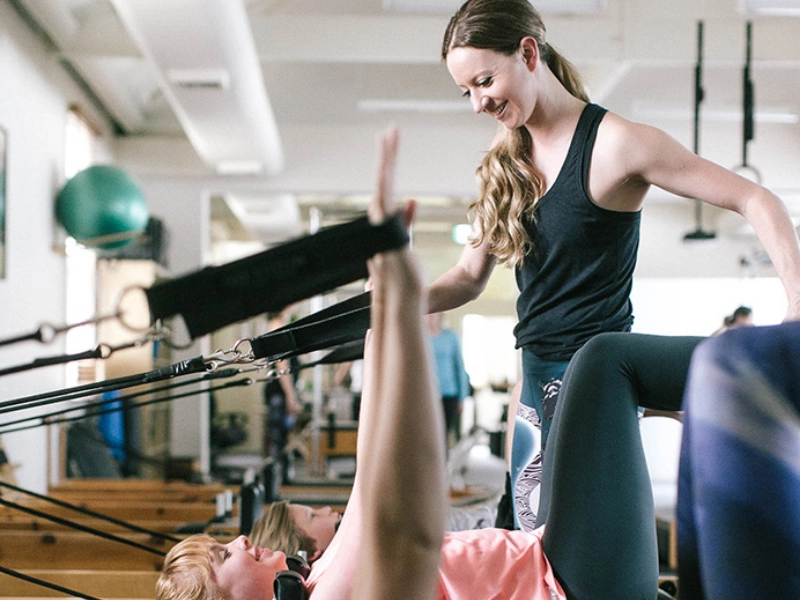 Pilates is a low-impact training technique that uses specific equipment and a mat. It's a very flexible type of exercise that can be customised to meet anybody with any age, fitness level, or impairment. It can be performed at physiotherapy clinics, at home, in private studios, or in group classes.
With the intention of stabilising and strengthening the core muscles, the workouts demand concentration and accuracy. They support better posture, flexibility, and balance. These abilities enable you to perform daily chores like picking up a drink of water, climbing stairs, and picking up your kids without being hurt.
It was said of Joseph Pilates, "You're only as young as your spine is flexible." Pilates improves the deep stabilising muscles surrounding the torso and joints, which helps prevent injuries, in addition to increasing flexibility. This makes it a well-liked cross-training exercise for sports, such as football players, dancers, and golfers.
Pilates is a low-impact training technique that uses specific equipment and a mat. It's a very flexible type of exercise that can be customised to meet anybody with any age, fitness level, or impairment. It can be performed at physiotherapy clinics, at home, in private studios, or in group classes.
With the intention of stabilising and strengthening the core muscles, the workouts demand concentration and accuracy. They support better posture, flexibility, and balance. These abilities enable you to perform daily chores like picking up a drink of water, climbing stairs, and picking up your kids without being hurt.
It was said of Joseph Pilates, "You're only as young as your spine is flexible." Pilates improves the deep stabilising muscles surrounding the torso and joints, which helps prevent injuries, in addition to increasing flexibility. This makes it a well-liked cross-training exercise for sports, such as football players, dancers, and golfers.
Mobility
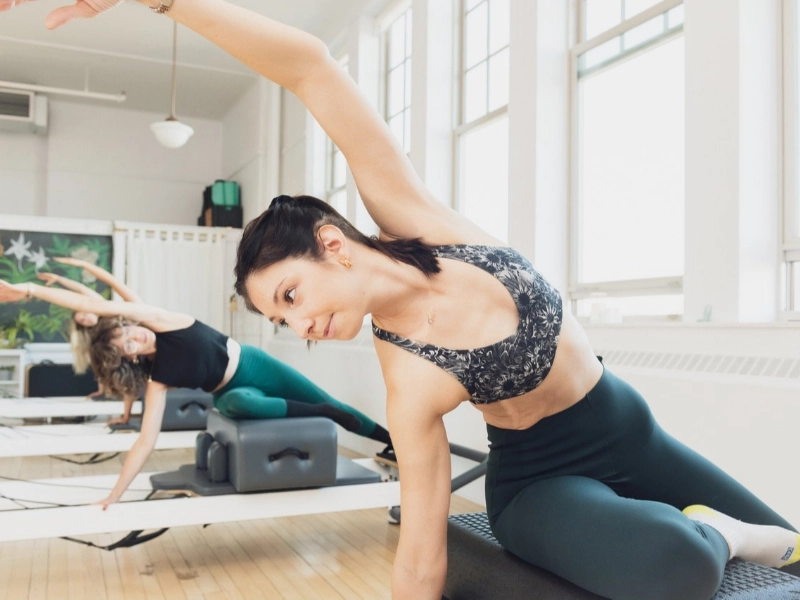 Pilates workouts incorporate a range of postures and motions. Because of this, the practice may be tailored to suit a range of requirements and physical levels, from basic to advanced. Because of its modest intensity, it can be utilised as an intense workout or for rehabilitation.
Muscle balance, flexibility, and posture can all be enhanced by practicing Pilates, which is well known for strengthening and toning muscles. Some studies suggest that it can also enhance general mobility and lower the incidence of back pain.
Additionally, Pilates can improve women's sexual enjoyment and assist with pelvic floor control. Because of the exercise's focus on symmetrical movement and core stability, you can improve your posture and appear more trim.
According to other research, elderly people can safely participate in Pilates-based fitness regimens that are tailored to their unique needs. For instance, compared to conventional rehabilitation therapy, sitting Pilates-based exercise decreased older people's saggital spinal posture (1).
Pilates workouts incorporate a range of postures and motions. Because of this, the practice may be tailored to suit a range of requirements and physical levels, from basic to advanced. Because of its modest intensity, it can be utilised as an intense workout or for rehabilitation.
Muscle balance, flexibility, and posture can all be enhanced by practicing Pilates, which is well known for strengthening and toning muscles. Some studies suggest that it can also enhance general mobility and lower the incidence of back pain.
Additionally, Pilates can improve women's sexual enjoyment and assist with pelvic floor control. Because of the exercise's focus on symmetrical movement and core stability, you can improve your posture and appear more trim.
According to other research, elderly people can safely participate in Pilates-based fitness regimens that are tailored to their unique needs. For instance, compared to conventional rehabilitation therapy, sitting Pilates-based exercise decreased older people's saggital spinal posture (1).

